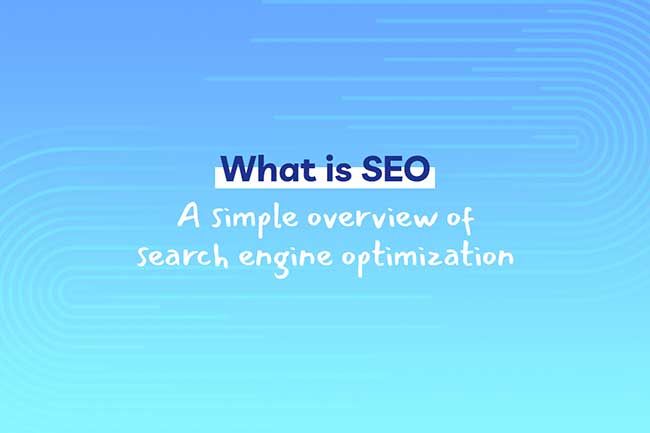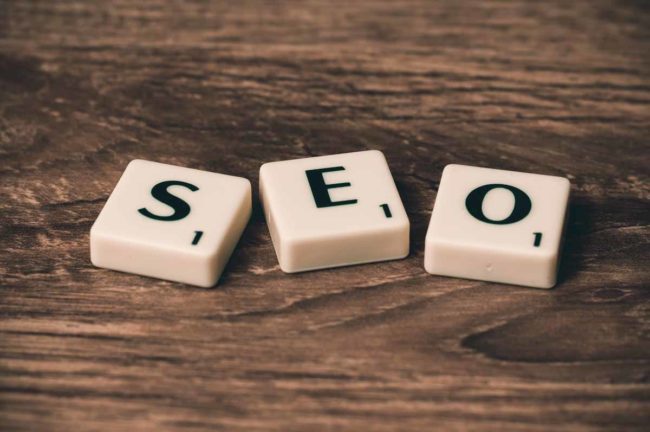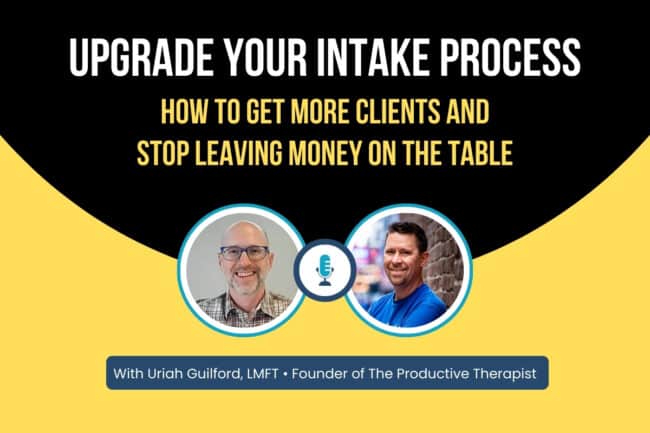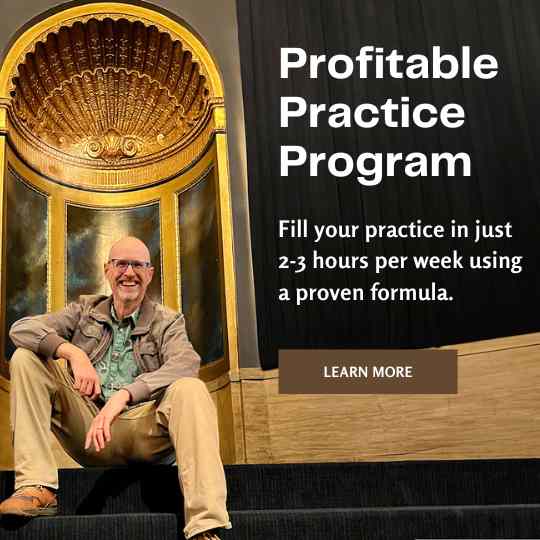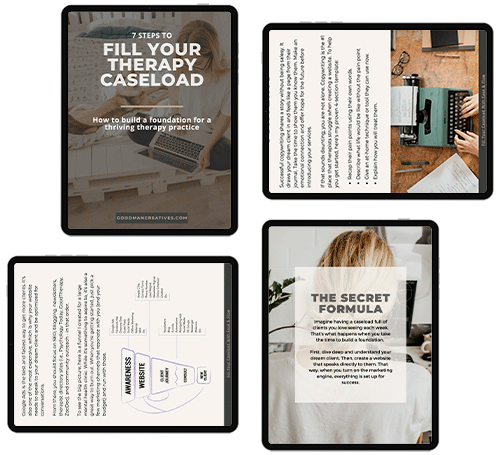Search Engine Optimization (SEO) is the art of getting your dream customer to visit your website without paying for advertising.
Sounds simple enough, right? Just figure out the magic formula, do it once, sit back, and profit! Sadly, this isn’t how it works. The reality is, the world of SEO is an always-changing landscape. Google is constantly updating its algorithms and getting smarter.
As a user of Google, this is great news. It means that you’re getting more and more likely to find the perfect answer to your search on the first page of Google. As a business, it means that you’ve got to be on top of your SEO at all times … lest your competitor start ranking above you.
But what is SEO, exactly? How do you optimize your site for SEO … and do you really need to care? Let’s find out.
What is SEO?
“What is SEO” is one of the most common questions we get at Goodman Creatives. Despite what some people claim, there is no magical SEO formula. There is no wizard out there who can just “do some SEO to your site” and give you long-lasting results.
In reality, good SEO is a holistic process that takes time. The work you’re doing today may not show up in Google for 6-8 months. However, SEO-done-right can produce those long-term results you’re looking for. It can help you shift away from paid advertising and into more profit.
While there are myriad components that go into any successful SEO campaign, they can all be broken down into two key categories:
- Onsite SEO: The text, keywords, image tags, titles, links, mobile-friendliness, site speed, and everything else in the backend of your site
- Offsite SEO: Every single link that points to you lets Google know that your site is important. The higher quality the website linking to you, the more sway it holds with your search engine ranking.
What else is involved SEO? Here’s an infographic to show you some of the most important parts.
What is SEO? It’s Quality Content!
There’s an old saying in SEO that quality content is king. It’s not about a specific number of keywords, or complicated vocabulary, or some exotic algorithm. While it’s still crucial to learn about specifics – for instance, finding exhaustive answers to “What is Google BERT?” – SEO is all about providing fresh, relevant, useful information.
Yes, you do want to use keywords. But, try to use them in a natural way; as an organic part of your content. Make sure they are terms people are actually using to find what you have to offer. Sure, fancy technical terms are cool (well, to some of us anyway) but most people use more everyday language when typing something into a search engine. For instance, “what is SEO” is a better keyword than “SEO users guide.”
Write your content for people, not search engines.
Let’s pretend that you sell beer-making supplies. If you focus on using words like “fermentation,” and “wort,” especially in your headings, you’re less likely to come up first in searches than if you went with, oh, say “beer-making supplies” or “home-brewing.” The idea is to get people to come to your page, and then you can teach them cool stuff like how the fermentation process works, and what place wort has in making beer.
Writing good SEO content is an art form. In general, it should be:
- Helpful (it solves a problem)
- Interesting (it’s engaging and attention-getting
- User-friendly (it has a clear title, is well-formatted, has good internal links, and loads fast)
- Compelling (it invites the reader to take some time, look around, and learn more)
Having high-quality content also makes it more likely that other sites will link to yours, which gives the benefit (besides making you feel warm, fuzzy, and well-liked) of ranking higher in search queries.
SEO = High-Quality Backlinks
When it comes to offsite SEO, your goal should be getting as many high-quality websites as possible to link back to yours. It may feel like you’re back in the schoolyard, but Google decides how important your website is by how many other kids sites like it and what the coolness quality of those sites is.
Think of it as a referral from a friend. If you want to find an amazing photographer in Santa Cruz, CA, would you rather get the advice of someone who has never visited California – or a local newspaper editor?
The more relevant and popular a site is, the more importance Google places on its links. In many ways, that importance – or link quality – serves as a digital reflection of the quality of your own site. This shows Google that your site matters, and it adds that to its overall impression when deciding where to rank you.
For example, a link from any large or popular site (such as Huffington Post or the New York Times) is going to be higher on the quality scale than a less known site – like your friend’s blog. Keep in mind, your opinion of the respectability of a site does not play into its quality score. For example, a tabloid site like TMZ holds a very high profile in Google, simply because of all the traffic and social media shares it gets.
7 ways to start improving your SEO right now
While great SEO takes time, we wanted to share a few ideas for jump-starting your search engine optimization right now.
- Make sure your website is well-structured and easy to navigate.
- Install a sitemap
- Check the site’s load time by using a tool like Pingdom.
- Ensure that your website is mobile-friendly.
- Make sure you have an SSL (https) website
- Sign up for a Google My Business page
- Reach out to related websites and offer to write a guest post (and be sure to include a link back to your website)

